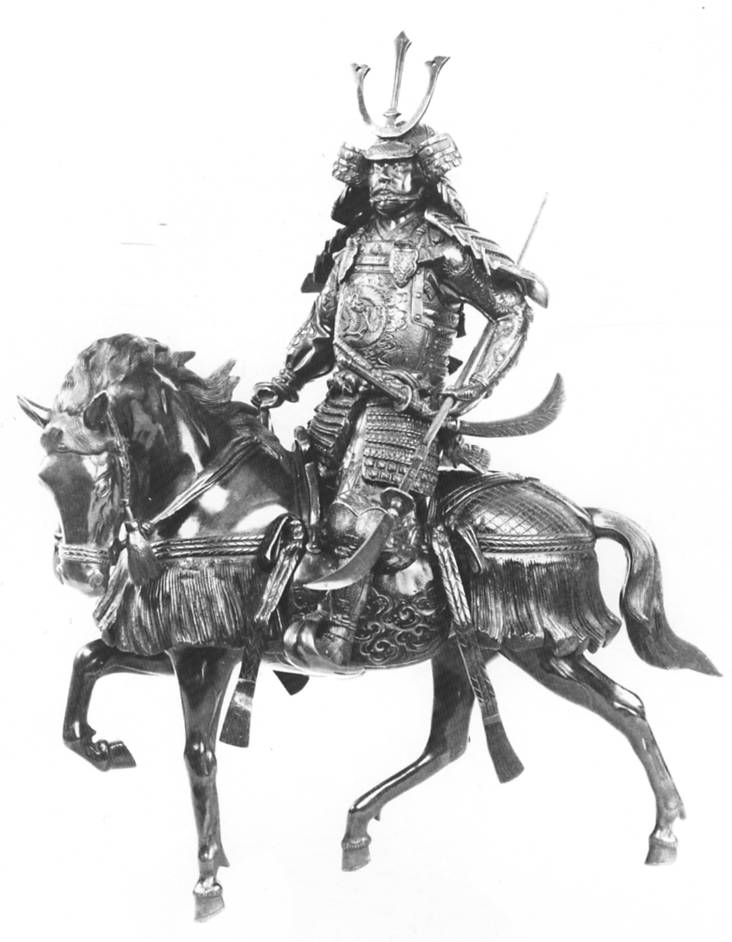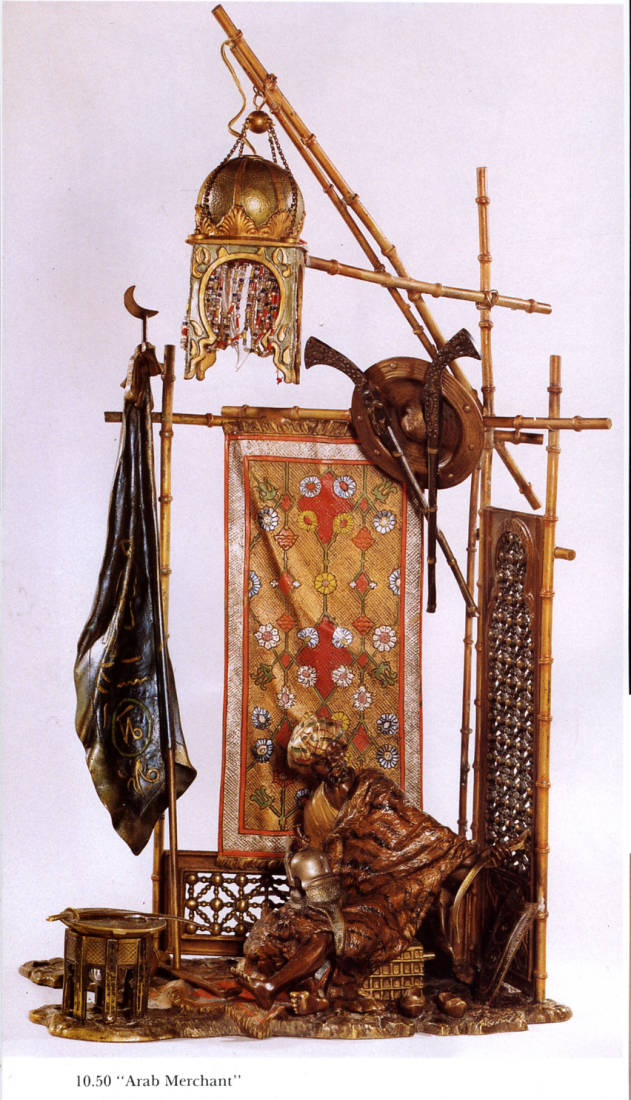This volume with lovely endpapers contains 1,100 photographs, 200 of which are in color, that appear in nine categories, some obvious, some unexpected: “the Romantics,” “The Anamaliers,” “The Japanese Influence,” “The American Renaissance,” “The Women Artists,” {The Frontier Artists,” “The Victorians,” “Between the Wars,” and “The Unusual, the Exotic, and the Bizarre.” The volume closes with the eight-page “Market Guide ” and biographies of both artists and founders. The all-important photography ranges from the usefully acceptable to the superb, and although most works receive a single illustration, Pradier's seated Odalesque has nine (22-23)and his Woman at the Stream, like several others, two. In addition to the black-and-white photographs, sections of excellent color ones appear interspersed almost randomly throughout the volume, some in the relevant sections, some before them, and some after.
Not all the works are dated, and the assignment of individual works to categories often appears eccentric to say the least, with late-nineteenth- and early twentieth-century sculpture finding its way into “The Romantics.” Some of the assignments just seem bizarre. Samaurai on Horse in Full Armor and Jimmo Tenno, both from the Meiji period, certainly belong in but , and it's nice to see four examples of supposed Japanese influence, including Raoul Larche's Loie Fuller Lamp, but what are Arab on Horseback (4.58), busts of young girls (4.57), and a gladiator (4.59) doing in this section?



Left to right: (a) Samaurai on Horse in Full Armor. (b) Jimmo Tenno. “The first emperor of Japan looks amused as an angry bird alights on his bow.” (c) Loie Fuller Lamp. [Click on images to enlarge them.]
Similarly, the section entitled “The Unusual, the Exotic, and the Bizarre,” which includes Orientalist Middle-Eastern and African subjects, such as An Arab Merchant oddly includes Oedipus and the Sphinx and Nature Unveiling Herself before Science.



Left to right: (a) An Arab Merchant (10.50)” by Bergmann. (b) Oedipus and the Sphinx (10.28)” by François Leon Sicard. (c) Nature Unveiling Herself before Science (10.91)” by Barrias.
With exception of the welcome section on Japanese sculpture somewhat misleadingly entitled “The Japanese Influence,” which suggests Japanoiserie, the works included are almost entirely French, British, and American with a sprinkling of Italians and Russians. Perhaps the most important characteristic of the works illustrated is that almost all come from commercial galleries and auction houses rather than from museums. I found this particularly interesting and valuable, since many of the works turn out to be maquettes for famous larger works or reduced versions of well known works. The welcome section entitled “The Women Artists” unfortunately deals almost entirely with Americans as if the editor is almost unaware of the more than three dozen women sculptors whio exhibited at the Royal Academy.
Although some of the points I raise would greatly lesson the value of a work presenting itself as scholarship, they do little to lessen the value of Forrest's assemblage of photographs and available information. The images and occasional brief commentary remain useful more than a quarter century after its initial appearance.
Bibliography
Forrest, Michael. Art Bronzes. Atglen, Pennsylvania: Schiffer Publications, 1988.
Last modified 23 January 2014